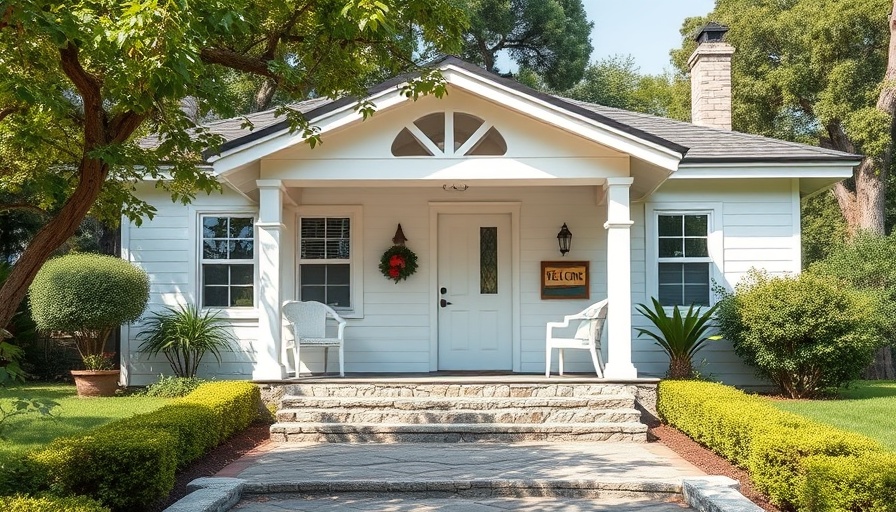
Decoding PITI: Understanding the Essential Components
In the realm of real estate, the acronym PITI looms large, encapsulating essential elements that determine the overall cost of homeownership. It stands for Principal, Interest, Taxes, and Insurance, and these four components collectively shape your monthly mortgage payments. As prospective homebuyers embark on their journey, grasping the significance of PITI is crucial for making informed financial decisions.
Breaking Down the Components of PITI
Now that we've introduced the term, let’s break down what each component of PITI entails:
Principal: The Heart of Your Loan
The principal is essentially the core amount of the mortgage. For instance, if you purchase a home valued at $450,000 and put down 20% ($90,000), your mortgage principal becomes $360,000. Over time, as you repay your mortgage, this principal amount forms the foundation of your financial commitment.
Interest: The Cost of Borrowing
Interest is what you pay a lender for the privilege of borrowing their money. It reflects the risk associated with lending and influences the total amount you will eventually repay over the loan's term. Understanding how interest rates work is key to recognizing the long-term implications on your financial health.
Taxes: The Hidden Expense
Property taxes are often overlooked but play a vital role in determining the entirety of homeownership expenses. Depending on your locality, these taxes can fluctuate, significantly affecting your monthly outlay and overall budget. Knowledge about local tax rates can empower you to make better choices when house hunting.
Insurance: Safeguarding Your Investment
Homeowner’s insurance not only protects your property but can also impact your mortgage payment. This insurance covers damages, theft, and liability issues, making it a crucial component of protecting your investment. Various types of insurance, such as PMI (Private Mortgage Insurance) may also apply if your down payment is below 20%.
Calculating PITI: A Simple Approach
To calculate PITI, simply sum all four components together. This total gives you a clearer picture of your monthly mortgage expenses. Being aware of how these costs add up ensures that you budget adequately and do not face unexpected financial constraints.
PITI and the 28% Rule
The 28% rule serves as a guideline for lenders to gauge affordability. It suggests that no more than 28% of your gross income should go towards your total housing costs, including PITI. Understanding this rule helps anchor your house-hunting efforts, steering you towards properties within your financial reach.
Beyond PITI: Other Housing Costs
While PITI covers the essentials, aspiring homeowners must not overlook other associated costs. Home maintenance, utilities, and HOA fees can add significantly to your financial burden. An all-encompassing understanding of these costs can lead to better financial planning and property investment.
The Bottom Line on PITI: Be Prepared
Being informed about PITI is not just about deciphering an acronym; it's about empowering yourself in the home-buying process. Whether engaging with a real estate agent on platforms like Redfin or Zillow or exploring the options available through real estate brokers, knowing all components of PITI equips you with the knowledge to negotiate better and ensure financial stability.
If you’re ready to embark on the journey of house hunting, keep all these factors in mind. Understanding PITI and its implications will allow you to make decisions confidently about homes for sale, rental properties, or new construction homes. Prepare to explore the real estate market with the insight to succeed in becoming a proud homeowner.
 Add Row
Add Row  Add
Add 



Write A Comment